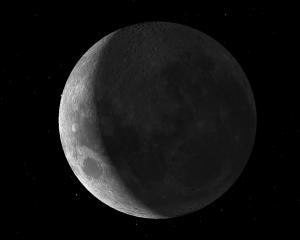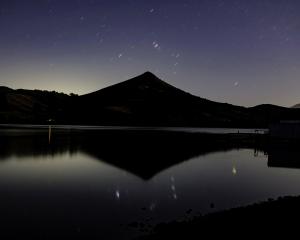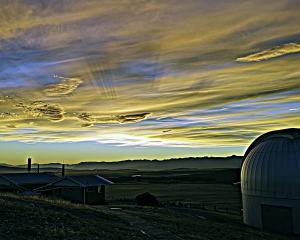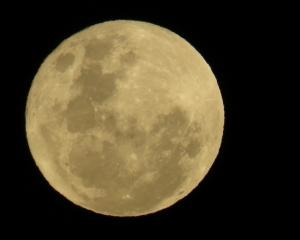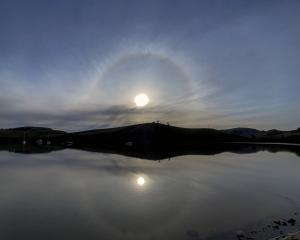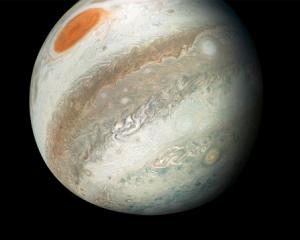With the clocks going forward an hour at 2am this Sunday, the time of sunset in Dunedin changes from 6.41pm on Saturday to 7.42pm the next night.
This means stargazers will have to wait an extra hour to enjoy a beautiful apparition of Mercury and Venus in the western sky. I am very much looking forward to watching the relative motions of the two inner planets over the next few weeks.
If seeing the two planets is not enough, on Monday night there is also a chance to spot a very young 3%-illuminated crescent moon.
This week's chart has been calculated to show the sky 30min after sunset. It won't be completely dark, and to improve your chance of success you need to find a location with an unobstructed western horizon
Venus will be closest to the horizon, but despite its low altitude, it should be reasonably prominent. The second planet from the sun is currently a smidgeon under a quarter of a billion kilometres from Earth. This means that the light you are seeing began its journey to your eyes just under 14min ago.
Mercury is almost directly above Venus. With an altitude of just over 10deg, it will be roughly twice as high in the sky. Don't confuse the innermost planet with the bright star Spica, which will be almost the same brightness and just to the left of Mercury. While Mercury is the innermost planet, with a current distance from Earth of 192 million kilometres, it is significantly closer than Venus. You may well be surprised to learn that, averaged over time, Mercury is the closest planet to us.
By utilising a more precise way of estimating average distances between planets, researchers have found an interesting result. It turns out that the average gap between worlds is proportional to the relative radius of the inner orbit. Mercury is closer to Earth, on average, than Venus because it is closer to the sun. It turns out that, on average, Mercury is the closest planet to every planet in our solar system!
-By Ian Griffin





